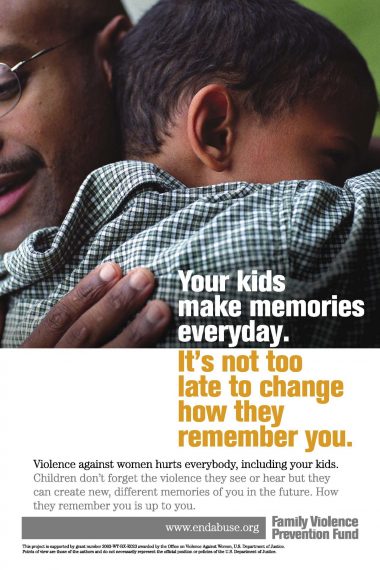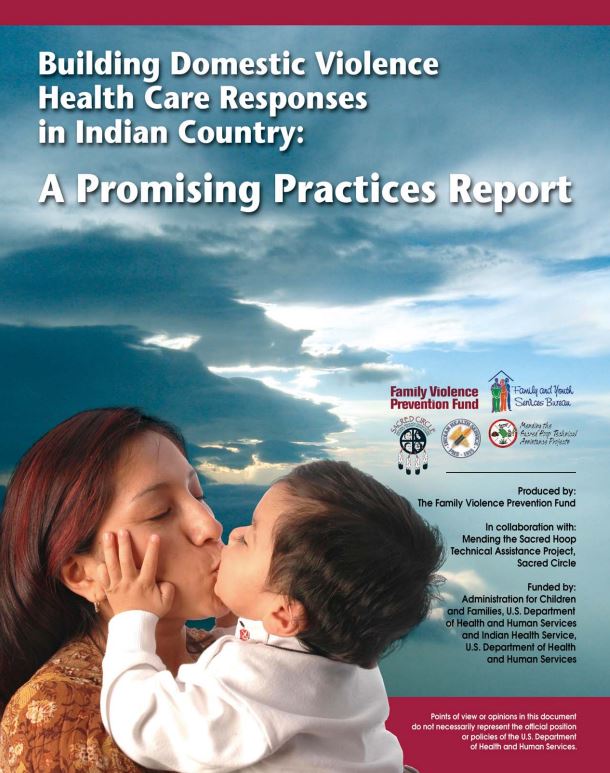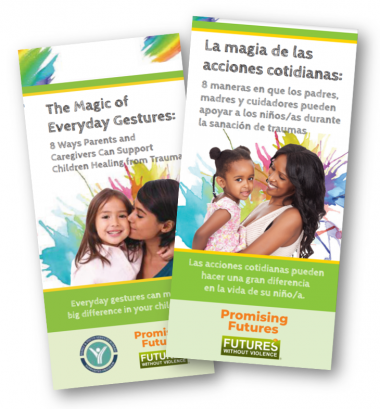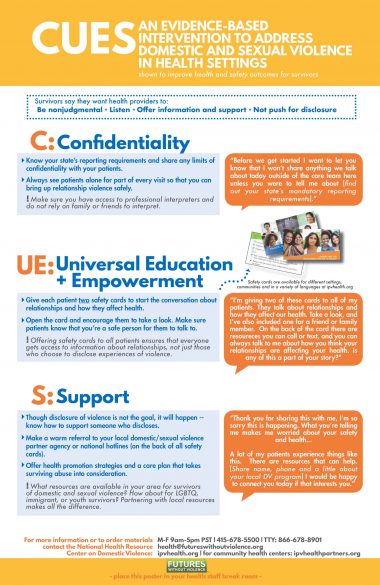In the largest-ever survey of its kind, a 2008 Centers for Disease Control and Prevention report on health and violence found that 39 percent of Native women reported that they were victims of intimate partner violence some time in their lives – a rate higher than any other race or ethnicity surveyed. Because most American Indian/Alaska Native individuals are seen at some point by a health care provider, the health care setting offers a critical opportunity for early identification and primary prevention of abuse.
To help address this problem, in partnership with faculty from Sacred Circle and Mending the Sacred Hoop Technical Assistance Project, Futures Without Violence worked with more than 100 Indian, Tribal and Urban health care facilities as well as domestic violence (DV) advocacy programs across the United States to improve the health system response to domestic violence. Funded by the Indian Health Service and Administration for Children and Families, the IHS/ACF Domestic Violence Project (2002-2009), trained thousands of health care providers and community advocates, identified and empowered national experts, instituted sustainable DV response programs in hospitals and clinics, developed model policies and tools to better address abuse and prevent violence, and dramatically increased screening for DV. This report explains how that work that can be replicated by highlighting stories and models from the field and identifying 10 important action steps.










